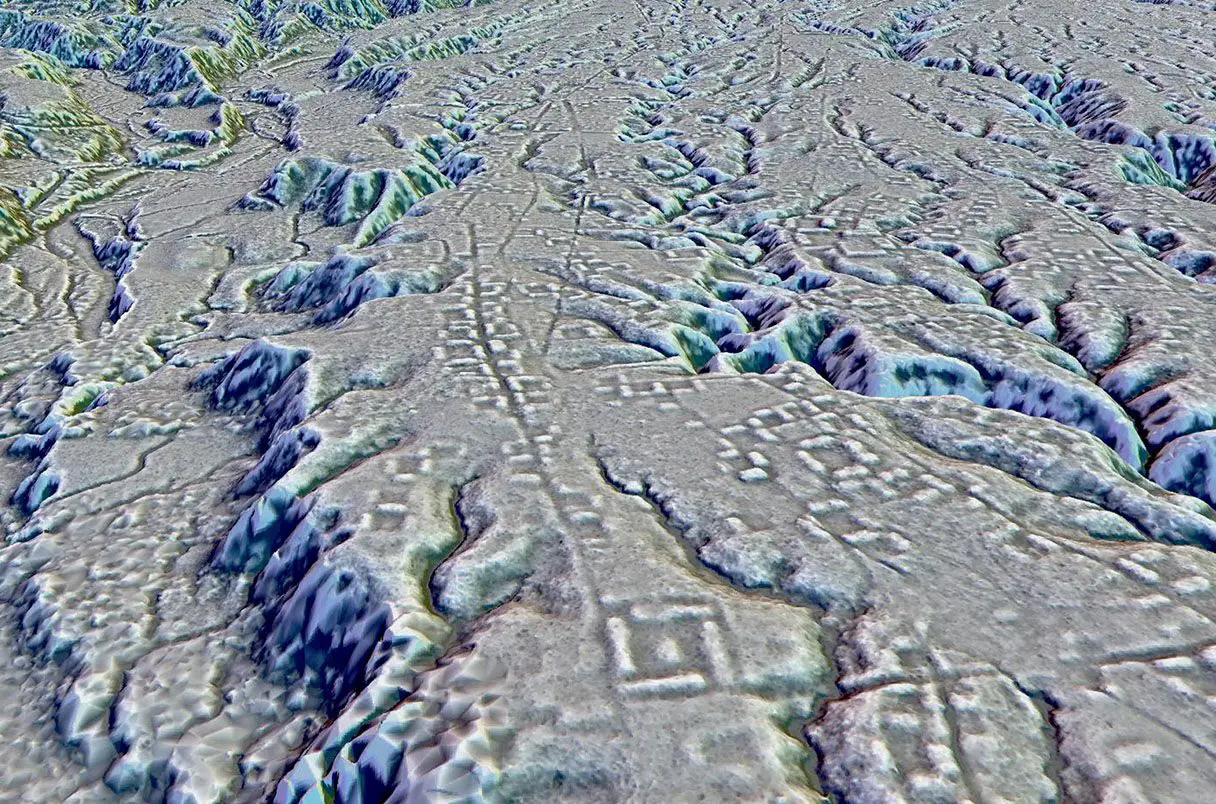A study published in the journal Science has announced the discovery of a dense system of pre-Hispanic urban centres in the Upano Valley of Amazonian Ecuador.
Using light detection and ranging (LiDAR), the study authors have located a landscape of multiple monumental platforms, plazas, and a complex road system that extends for tens of kilometres.
LiDAR is a method of remote sensing using light in the form of a pulsed laser to measure ranges (variable distances) to the Earth.
The differences in the laser return times and measuring the wavelengths can be used to compile a 3D digital map of the landscape and remove obscuring features that could hide archaeological features.
According to the researchers, the urban centres were occupied between 500 BC to between AD 300 and 600, completely uprooting the previously held narratives about Amazonian cultures.
Speaking to the BBC, Prof Stephen Rostain from the National Centre for Scientific Research in France, said: “This is older than any other site we know in the Amazon. We have a Eurocentric view of civilisation, but this shows we have to change our idea about what is culture and civilisation.”
The survey has identified over 6,000 rectangular platforms (mainly interpreted to be the bases of ancient dwellings) within five large settlement clusters and 10 smaller settlements, all of which are surrounded by agricultural fields and hillside terraces.
The interconnected road system linking the settlements indicates their simultaneous existence. These cities predate other sophisticated Amazonian societies, including the newly uncovered ancient urban system, Llanos de Mojos, in Bolivia.
While the exact population of the Upano Valley settlements is currently unknown, the study authors note the expansive size of the settlement density. The scale of landscape modification in Upano is comparable to the extensive alterations seen in the “garden cities” of the Classic Maya.
Header Image Credit : Antoine Dorison and Stéphen Rostain





